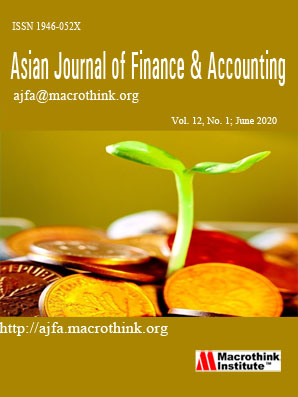Priority Sector Lending by Commercial Banks in India: An Evaluative Study
Abstract
The priority sector lending is mainly intended to ensure that the assistance from the banking system to those sectors of the economy which has not received adequate support of institutional finance. The attainment of the socio economic priorities of the government like growth of agriculture, promotion of small entrepreneurs and development of backward area etc is the major responsibility of commercial banks. Since seventies, Reserve Bank of India and government of India have stipulated guidelines for priority sector lending by banks. The same was revised on April 30, 2007 and overall priority sector lending target was fixed at 40 per cent for domestic banks and 32 per cent for foreign banks. However, the banks are not able to reach the prescribed target of lending to priority sector. The small entrepreneurs and farmers are continued to be both credit and demand constraints. Thus, it can be observed that the demand for funds for priority sector viz., small entrepreneurs and agricultural sector is enormous. With this backdrop, the present treatise is an attempt to diagnose the various lacunas of priority sector lending by commercial banks in the area under consideration in the context of national scenario.
Keywords: Priority Sector Lending, Commercial Banks, Credit-Deposit Ratio, Barak Valley, India
JEL Classifications: G20, G21, O10, O14
Submission of an article implies that the work described has not been published previously (except in the form of an abstract or as part of a published lecture or academic thesis), that it is not under consideration for publication elsewhere, that its publication is approved by all authors and tacitly or explicitly by the responsible authorities where the work was carried out, and that, if accepted, will not be published elsewhere in the same form, in English or in any other language, without the written consent of the Publisher. The Editors reserve the right to edit or otherwise alter all contributions, but authors will receive proofs for approval before publication.
Copyrights for articles published in MTI journals are retained by the authors, with first publication rights granted to the journal. The journal/publisher is not responsible for subsequent uses of the work. It is the author's responsibility to bring an infringement action if so desired by the author.








